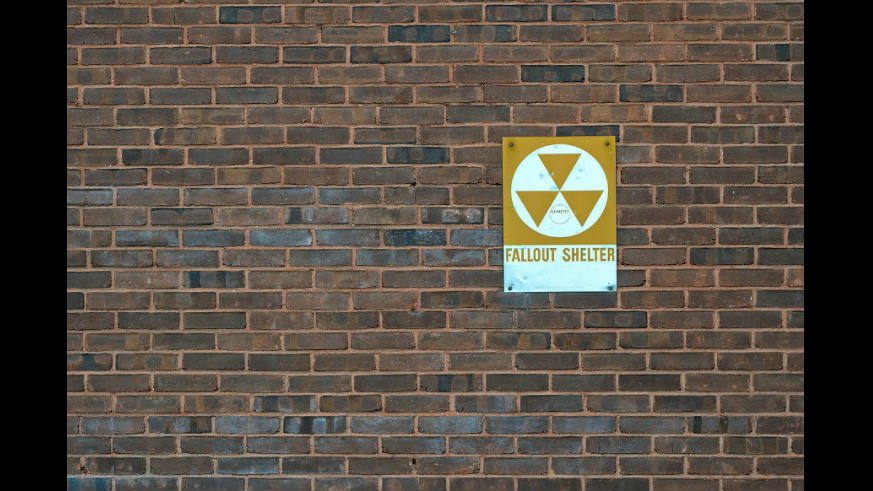

Three methods were employed for uranium enrichment: electromagnetic, gaseous and thermal. The Thin Man gun-type design proved impractical to use with plutonium, so a simpler gun-type design called Little Boy was developed that used uranium-235, an isotope that makes up only 0.7 percent of natural uranium. The project led to the development of two types of atomic bombs, both developed concurrently, during the war: a relatively simple gun-type fission weapon and a more complex implosion-type nuclear weapon. Research and production took place at more than 30 sites across the United States, the United Kingdom, and Canada.

Over 90 percent of the cost was for building factories and to produce fissile material, with less than 10 percent for development and production of the weapons. The Manhattan Project began modestly in 1939, but employed nearly 130,000 people at its peak and cost nearly US$2 billion (equivalent to about $24 billion in 2021). The project absorbed its earlier British counterpart, Tube Alloys. The Army component was designated the Manhattan District, as its first headquarters were in Manhattan the name gradually superseded the official codename, Development of Substitute Materials, for the entire project. Robert Oppenheimer was the director of the Los Alamos Laboratory that designed the bombs. From 1942 to 1946, the project was under the direction of Major General Leslie Groves of the U.S. It was led by the United States with support from the United Kingdom and Canada. The Manhattan Project was a research and development undertaking during World War II that produced the first nuclear weapons.


 0 kommentar(er)
0 kommentar(er)
